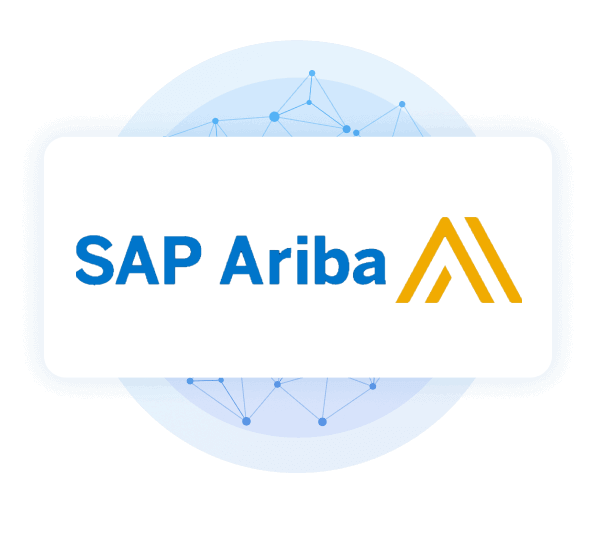Discover how a bimodal integration strategy can address the major data management challenges facing your organization today.
Get the Report →CData Software - Knowledge Base
Latest Articles
- Replicate Data from Multiple Files in an Amazon S3 Bucket Using CData Sync
- Replicate Data from Multiple Local Files Using CData Sync
- Driver Guide: Marketing Analytics Predefined Reports
- Displaying Data from Related Tables Using Angular with Connect Server
- Deploying CData Sync in a Kubernetes Environment
- Excel Add-In Getting Started Guide
Latest KB Entries
- Jetty Security Notice Overview
- Upsert Salesforce Data Using External Id in SSIS
- NuGet Repository Overview
- SAP Drivers Overview
- Embedded Web Server (.NET) - Potential Medium Security Vulnerability
- Configuring Incremental Replication in CData Sync
ODBC Drivers
- [ article ] Video: Connecting with MongoDB Data from Microsoft ...
- [ article ] Connect to MySQL through SSH Using the Built-In ...
- [ article ] Using Microsoft Query in Excel to Connect to ...
- [ article ] Connecting to Any ODBC Data Source as a Linked ...
JDBC Drivers
- [ article ] Amazon Redshift: Million Row Challenge
- [ article ] Using CData JDBC Drivers from NetBeans
- [ article ] A Performance Comparison of Drivers for ...
- [ article ] Getting Started with OAuth in CData Connectivity ...
SSIS Components
- [ article ] A Performance Comparison of Drivers for ...
- [ article ] SSIS Components Getting Started Guide
- [ kb ] How to Replicate Data Between MySQL and SQL Server ...
- [ article ] Connect QuickBooks to SQL Server through SSIS
ADO.NET Providers
- [ article ] Using SQL to Query Gmail
- [ article ] How to Access Data from a SharePoint List Based on ...
- [ article ] Generating an Entity Data Model in Visual Studio ...
- [ article ] REST Easy with CData Drivers
BizTalk Adapters
- [ article ] Configure a Solicit-Response Send Port for the ...
- [ article ] How to Execute Stored Procedures with the CData ...
- [ article ] How to Generate Updategrams with the CData BizTalk ...
- [ article ] Standards-Based Access to NoSQL Data Sources
Excel Add-Ins
- [ kb ] Access QuickBooks Custom Fields in Excel
- [ article ] Update Multiple Invoices using the CData Excel ...
- [ article ] Video: Connecting to Google BigQuery Data from ...
- [ article ] Excel Add-In Getting Started Guide
API Server
- [ article ] Easily Integrate with Any RESTful API Using the ...
- [ article ] Building Dynamic D3.js Apps with Database Data
- [ article ] Displaying Data from Related Tables Using Angular ...
- [ article ] Displaying Data from Related Tables Using Angular ...
Data Sync
- [ kb ] How to Replicate Data Between MySQL and SQL Server ...
- [ kb ] Configuring Incremental Replication in CData Sync
- [ article ] Start with CData Sync Part 2: Customizing ...
- [ kb ] Connect/Disconnect the QuickBooks Online Products
Windows PowerShell
- [ article ] Import QuickBooks Online Data to QuickBooks ...
- [ article ] PowerShell Cmdlets Getting Started Guide
- [ article ] Reconciling Authorize.net Transactions with ...
- [ article ] Start and Stop Windows Services Using the CData ...






